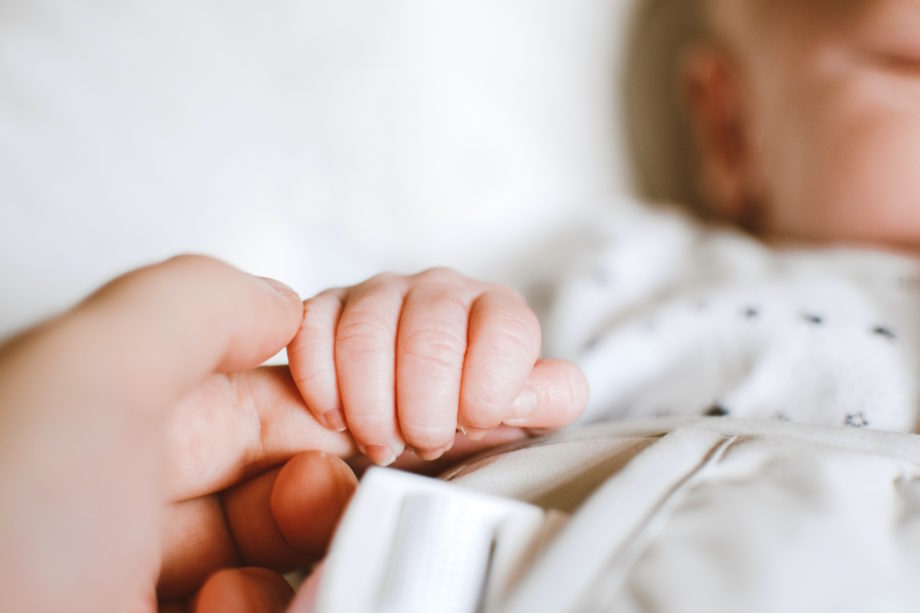Cleft Palate in Newborn

Cleft palate is a congenital deformity that affects approximately one in every 700 babies born worldwide. It is a condition that occurs when the tissues forming the roof of the mouth do not fuse together properly during fetal development. This results in a gap or opening in the palate that can vary in size and severity. In this article, we will explore the causes, symptoms, treatment options, and long-term outlook for babies born with a cleft palate.
What is cleft palate in newborns?
A cleft palate is a birth defect that occurs when the tissue forming the roof of the mouth (palate) does not join together properly during fetal development. This can result in an opening or gap that can extend from the front of the mouth to the back of the throat. In some cases, the cleft may only affect the soft palate at the back of the mouth, while in others, it may extend to the hard palate in the front. Cleft palate can occur on one or both sides of the mouth and can vary in size and severity.
How serious is cleft palate?
Cleft palate can affect a baby’s ability to eat, speak, and breathe properly. Babies born with cleft palate are at increased risk of developing ear infections, hearing loss, and dental problems. They may also have difficulty gaining weight and are at higher risk of respiratory infections. Left untreated, cleft palate can lead to feeding difficulties, malnutrition, speech problems, and social isolation. However, with early diagnosis and treatment, most babies with cleft palate can lead healthy, normal lives.
How soon can you tell if your baby has a cleft palate?
Cleft palate can usually be diagnosed during a routine prenatal ultrasound, although in some cases, it may not be detected until after birth. Signs of cleft palate may include difficulty feeding, excessive drooling, nasal-sounding speech, and frequent ear infections. A healthcare provider can diagnose cleft palate during a physical exam by looking for a gap or opening in the roof of the mouth.
What happens when a baby is born with a cleft palate?
Babies born with cleft palate will require a team of healthcare professionals, including a pediatrician, a plastic surgeon, a speech therapist, and an audiologist. Treatment will depend on the severity of the cleft and may involve surgery to close the gap in the palate, speech therapy to improve speech and language development, and ongoing monitoring for hearing loss, dental problems, and other related issues. Treatment may begin within the first few months of life and can continue throughout childhood and adolescence.
Do cleft lip babies go to NICU?
Babies born with cleft lip or cleft palate may require special care in the neonatal intensive care unit (NICU) if they have other medical issues or if they are having difficulty feeding. In some cases, surgery to repair the cleft may also be performed in the NICU. The length of stay in the NICU will depend on the severity of the cleft and any other medical issues the baby may have.
In conclusion, cleft palate is a congenital deformity that can affect a baby’s ability to eat, speak, and breathe properly. With early diagnosis and treatment, most babies born with cleft palate can lead healthy, normal lives. If you suspect that your baby may have cleft palate, it is important to speak with a healthcare provider as soon as possible to determine the best course of action for your baby’s care.

Comments are closed.